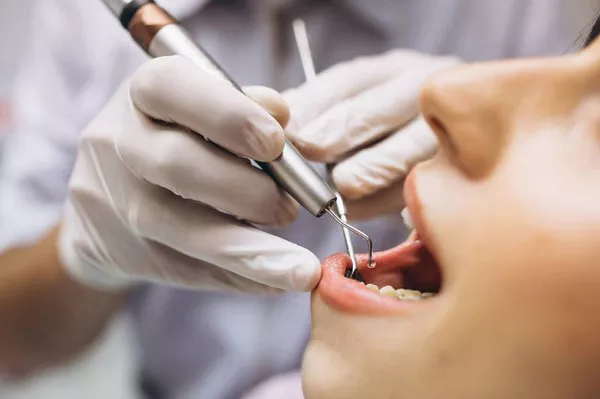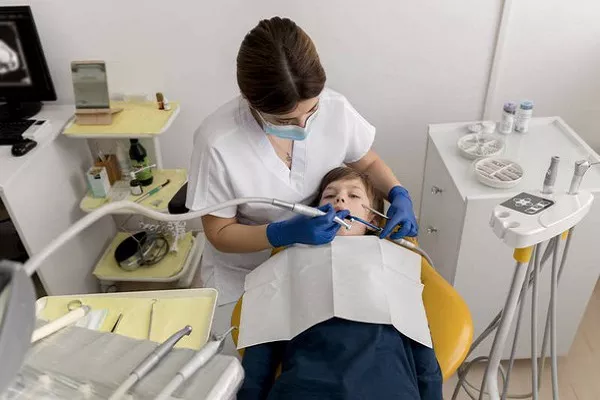Dental implants have transformed the field of dentistry, offering a permanent and reliable solution for individuals with missing teeth. These titanium fixtures, surgically placed into the jawbone, provide a strong foundation for prosthetic teeth, mimicking the look and function of natural teeth. However, circumstances may arise when individuals with dental implants consider the possibility of removing them and opting for traditional dentures instead. In this comprehensive guide, we will explore the reasons why someone might want to remove dental implants, the feasibility of the procedure, and the considerations involved in transitioning from implants to dentures.
Understanding Dental Implants
Before delving into the removal of dental implants, it’s crucial to understand their structure and function:
Dental implants consist of three main components:
Implant: A small, biocompatible titanium screw that is surgically placed into the jawbone. It serves as an artificial tooth root.
Abutment: A connector piece that attaches to the implant, protruding above the gum line. It provides support for the prosthetic tooth or crown.
Prosthetic Tooth: The artificial tooth or crown that is attached to the abutment. It is custom-designed to match the patient’s natural teeth.
Reasons for Considering Implant Removal
While dental implants are designed to be a permanent solution for tooth replacement, there are specific situations and reasons that may prompt someone to consider their removal:
Complications: Some individuals may experience complications with their dental implants, such as infection, implant failure, or discomfort.
Changing Preferences: Personal preferences and lifestyle changes may lead individuals to opt for removable dentures, which they find more convenient or comfortable.
Financial Considerations: Dental implants can be a significant financial investment. In some cases, individuals may opt for dentures as a more cost-effective alternative.
Medical Conditions: Certain medical conditions or treatments may necessitate the removal of dental implants. For example, radiation therapy for head and neck cancer can impact the health of surrounding tissues and implants.
Feasibility of Removing Dental Implants
The feasibility of removing dental implants depends on various factors, including the reason for removal, the condition of the implant, and the patient’s overall oral health. Here are some key considerations:
Implant Integration: Successful dental implants undergo osseointegration, a process where the implant fuses with the jawbone. If the integration is strong, removal may be more challenging and may require additional procedures.
Bone Health: The condition of the jawbone and surrounding tissues plays a significant role. In some cases, removing an implant can lead to bone loss and the need for additional bone grafting procedures.
Prosthetic Attachment: The method of attaching the prosthetic tooth or crown to the abutment can impact the ease of removal. Cemented crowns may be more challenging to remove than screw-retained ones.
The Process of Transitioning to Dentures
If someone decides to remove dental implants and transition to dentures, several steps are involved:
Assessment: A comprehensive assessment of the patient’s oral health, including the condition of the implants and jawbone, is conducted.
Implant Removal: The dental professional will carefully remove the implants, taking care not to damage the surrounding tissues.
Bone Evaluation: The state of the jawbone is assessed, and bone grafting may be necessary to ensure proper denture fit and support.
Denture Fabrication: Custom dentures are designed to fit the patient’s mouth comfortably and aesthetically. This process includes impressions and measurements.
Denture Fitting: Once the dentures are ready, they are fitted and adjusted to ensure a proper fit and bite.
Ongoing Care: Regular follow-up appointments are necessary to monitor the fit of the dentures and make any necessary adjustments.
Conclusion
While dental implants are designed to be a permanent tooth replacement solution, there are situations where individuals may consider their removal in favor of traditional dentures. The feasibility of removing dental implants depends on several factors, including the reason for removal, the condition of the implants, and the patient’s overall oral health.
Transitioning from dental implants to dentures is a carefully planned process that involves assessment, removal of implants, evaluation of bone health, denture fabrication, and ongoing care. It’s essential to consult with a qualified dental professional who can assess your specific situation, discuss your preferences, and guide you through the process to ensure the best possible outcome for your oral health and well-being.
Related Topics:
































